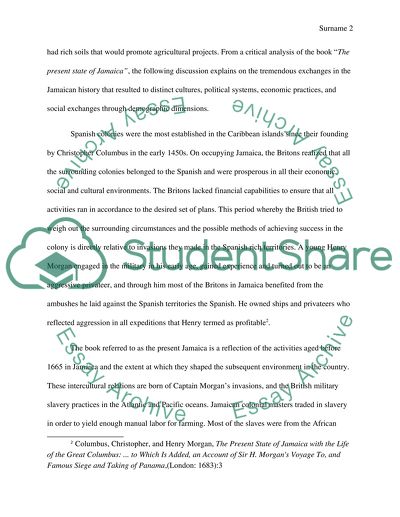Cite this document
(“Analyzing the present state of Jamaica Essay Example | Topics and Well Written Essays - 1500 words”, n.d.)
Retrieved from https://studentshare.org/history/1470440-analyzing-the-present-state-of-jamaica
Retrieved from https://studentshare.org/history/1470440-analyzing-the-present-state-of-jamaica
(Analyzing the Present State of Jamaica Essay Example | Topics and Well Written Essays - 1500 Words)
https://studentshare.org/history/1470440-analyzing-the-present-state-of-jamaica.
https://studentshare.org/history/1470440-analyzing-the-present-state-of-jamaica.
“Analyzing the Present State of Jamaica Essay Example | Topics and Well Written Essays - 1500 Words”, n.d. https://studentshare.org/history/1470440-analyzing-the-present-state-of-jamaica.


